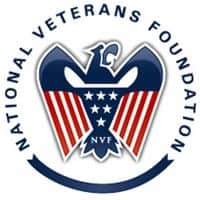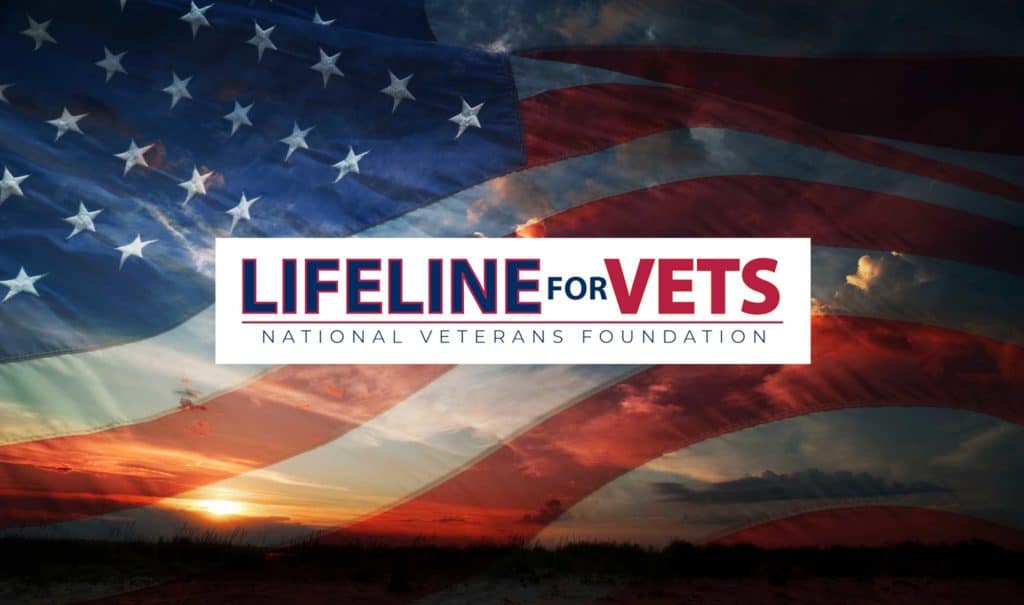More Bang for the Buck: a More Effective Use of Funds to Reduce Homelessness
You know how a metropolitan skyline is dominated by tall buildings, kind of like silos? The homeless problem’s skyline looks like that too. Government, community-based organizations and non-profits all existing in the same place look like they’re part of a cohesive thing. In reality, they tend to be isolated because all are competing for the same limited resources.

The City of Los Angeles was recently awarded a $6 million grant for housing the homeless. Sounds like a lot, right? Consider that LA has the highest population of homeless vets in the nation and that this is a tough (meaning high-priced) housing market. That cuts $6 million down to size in a hurry. Now divide that up among competing agencies and you end up spreading it so thinly it’s no wonder it looks like we’re spinning our wheels.
Of course more money would be great. But maybe we could accomplish more if these agencies coordinated their efforts. LA County has a 211 number that vets can call to find services local to them. If all veterans’ services agencies were in touch with each other, 211 would be more effective because a network of agencies would be referring vets looking for services close to them. Seems like that would be way more cost-effective than creating (and funding) a public information campaign or billboard space, or having staff at various agencies doing the same work. Collaborating could stretch funds from grants and donors so that we actually got men and women vets off the streets and into safe, affordable housing.
Which brings up another point: safe and affordable, a rare combination. Last year the National Veterans Foundation worked with a young female vet who was in school and living in her car. Working with several agencies and the campus vet center over several months, we got her all the way through the lengthy process to a housing voucher only to lose her because there was no safe, affordable housing for her and her child. She gave up and dropped out in frustration. In another instance a female vet in need of a hotel room for a few nights was forced to leave LA. A few well-dedicated and accessible dollars could have tided her over until her new-found job started.
It’s easy to understand how groups serving vets are mindful of limited resources and would want to protect their own grants, awards and donor bases. Their survival depends on it. Still, isn’t the larger mission to serve the population? What if we changed that landscape of silos? What if these agencies talked to each other, all feeding into and working from a shared, interactive information base? It would be a start.
If you know a vet who needs help, here’s a great starting place. Our Lifeline for Vets: 888.777.4443
You can be a part of our mission to help Veterans by making a tax-deductible donation!
About the Author
SUBSCRIBE TO OUR BLOG AND NEWS!
By submitting this form, you are granting: NATIONAL VETERANS FOUNDATION INC permission to email you. You may unsubscribe via the link found at the bottom of every email. (See our Email Privacy Policy for details.)
Related Posts



